Today, I would like to say a few words about the suppressed Pythagorean Tradition both as a celebration of a lost art of thinking that gave rise to the greatest revolutions in science and even moral philosophy but also as an antidote to the impotent cult of scientism which has permeated every branch of thought in presently beleaguered age. This cult of scientism masquerading behind peer reviews and a new technocratic priesthood of "experts" professes arrogantly to hold all the answers to the nature of the universe from the "start" of the Big Bang 13.7 billion years ago, the structure of atoms made up of quarks that have never been observed, fundamental "forces" that are presumed to exist as separate entities and mysterious stuff like "dark matter" mixed with "dark energy" that we are told makes up 95% of existence.
This same cult has imposed "standard models" onto cosmology of macro physics which all respectable citizens are expected to conform into regardless of its mountainous array of self-contradictions. The standard model of atomic physics posits as unquestionable articles of faith, the self-evident existence of such things as "building blocks of matter" that are themselves shaped by 1) randomized stochastic behavior, and 2) separated from any lawful connection to the macro domain which is defined by laws of rigid determinism on the large.
Most virulent among this sickness is the total severing of the "objective" forces of the universe on either macro or micro levels from the supposedly "subjective" pollution of the inner life of humans tainted as they are by the fundamentally irrational passions and lower impulses of emotions which we are told are masters of our thoughts and identities.
The remedy to this sort of sickness that is indeed very much connected to society's tendency to accept a medical dictatorship, sun blocking tech, depopulation schemes or decarbonization-driven boondoggles, is to simply revive a practice of real thinking tied to awakening the sacred universal sentiments that find joy in discovery, sharing, teaching and acts of agapic love rather than the lower passions tied to the satisfaction of hedonistic impulses or joys of cheap thrills. This is a method which was embodied in the best exemplars of the Pythagorean tradition.
I will do so by introducing a modern champion of this tradition named Dr. Robert Moon (1911-1989) which will also involve a exposition of the revolutionary discoveries of Johannes Kepler, Plato and the Pythagorean movement which forever altered the course of humanity's creative evolution. In a future report, I will showcase the work of two other modern Pythagorean traditions that paralleled Dr. Moon's work in the form of the work of Dr. Robert Bussard and a team of scientists managing the Safire Project as part of a broader electric universe reform of cosmology and quantum physics.
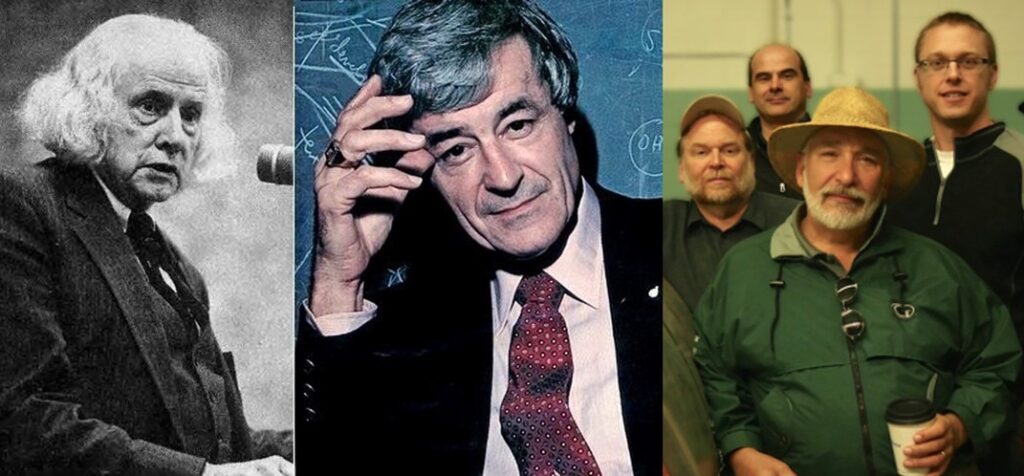
Renowned Physicist Robert Moon (inventor of the Cyclotron particle accelerator and x ray microscope), found his world shaken by the newly discovered Quantum Hall Effect (QHE) that had won Danish physicist Klaus von Klitzing the Nobel Prize in 1984.
Without going into extreme detail, Dr. Klitzing noticed that something strange happened when a constant current flowing through a superconductor generated a voltage/resistance of charge when a magnetic field was brought perpendicular to the electron flow. That itself wasn't novel, as Edwin Hall had noted this fact a century earlier. What Dr. Klitzing found strange was that when the magnetic field intensity was steadily increased using a superconductor at extremely cold temperatures, rather than observing a parallel increase in voltage of resistance as Hall had observed in regular conducting metal plates earlier, no proportional increases were observed. Instead, the resistance/voltage remained unchanged as the magnetic field intensity increased for strikingly long durations... until thresholds were struck upon whereby sudden quantum leaps occurred to new plateaus defined by integers characterizing each plateau and in total conformity with Planck's constant[1].
In all, several of these plateaus were observed at specific frequencies and no one in the scientific community could comprehend what was going on?
For a potent mind like Robert Moon, he began contemplating other states of harmonic quantization in nature from Schumann Resonances[2], to Red Shifts[3], to even basic phenomena we take for granted like the color spectra of light which itself corresponds to signatures of every element and even isotope on the periodic table of elements when heated. Why would electromagnetic processes exist in such discrete quantized manner?
With a profound sense of wonder and faith in his mind's ability to leap into the unknown, Dr. Moon described his method by telling a grouping of students in 1987[4]:
"We do have a means whereby each and every one of us must, to some extent, be aware of everything in the universe... of course we may be aware of it, but we may not comprehend it".After contemplating the QHE, Dr. Moon stated:
"the next thing that struck me was: well, if space is going to be quantized, it should be quantized with the highest degree of symmetry. And so that immediately said, 'well those are the Platonic solids' ".Having a foundation in classical education and constructive geometry, Moon recognized in the five solids outlined in Plato's Timaeus, something universal about the nature of the boundedness and harmony of a quantized space time as well as the mind of God.
Of all infinitely conceivable solids that could be built, why was it demonstrable that only these five could exist with regular faces, equal angles and vertices touching the interior of a circumscribing sphere and midpoints of surfaces containing a smaller inscribed sphere? Why only five?
In addition to the Timaeus, Moon spent a few potent months of 1984 emersed in a study of Kepler's Mysterium Cosmographicum (1596) which was itself inspired by the concepts outlined in Plato's Timaeus. In order to properly appreciate the revolutionary new idea of that Dr. Moon unveiled, it is necessary that we now take a moment to unpack the essentials of Plato's Pythagorean ideas and the work of Johannes Kepler that they inspired.
Plato's Solids
Plato (speaking through his friend Timaeus of Locri) outlined each solid as corresponding to a fundamental element saying:
"We must proceed to distribute the figures we have just described between fire, earth, water, and air... let us assign the cube to earth, for it is the most immobile of the four bodies... the least mobile of the remaining figures (icosahedron) to water, the most mobile (tetrahedron) to fire, and the intermediate (octahedron) to air."The remaining figure (Dodecahedron), being endowed with the golden section as it is made up of 12 pentagons, was made to represent the divine template "which the god used for embroidering the constellations on the whole heaven". Many have read this passage to signify the existence of an interplanetary medium or ether through which all light travels.
While many modern commentators are quick to relegate Plato's 2300 year old concepts to superstitious mysticism, the fact is that those early "elements" correspond to the four fundamental states of matter which animate all forms of matter on the periodic table of elements known as solid, liquid, gas, plasmas.
Finally, Plato's Timaeus introduces the most important concept of the Pythagorean system by discussing the "music of the spheres". This silent music guiding the orbits is shaped by certain divisions of the string (itself representing God's unity and harmony through which all is infused with meaning), and a doubling of 1:2 creating the first relationship of resonance known as an octave. Plato goes on to find other proportions of 2:3 (fifth), 3:4 (fourth) and adds several other proportions that amount to 1, 2, 3, 4, 8, 9, 27. These proportions thus established, Plato's Timaeus ushers in a new study of astronomy and sphaerics upon the resonances of the planets as one musical system. One poem. Not a multiverse of infinite possible truths which contaminated the polytheistic orders for millennia, but for once, a true uni-verse.
It is vital to hold in mind, that Plato was fighting to save the soul of Athens as his beloved city had already slid far into corruption, imperial wars abroad, civil wars within and decadence abounding everywhere. Describing his insight into the importance of geometry to the students of his Academy, Plato stated in his Republic
"Geometry is... pursued for the sake of the knowledge of what eternally exists, and not of what comes for a moment into existence and then perishes... it must draw the soul towards truth and give the finishing touch to the philosophical spirit".The Pythagorean Golden Renaissance
Long after the society which Plato attempted to save collapsed under its own folly and inability to break from worldly material concerns towards love shaped by higher divine pleasures of the eternal realm, the Pythagorean spirit again found a new home in the heart of a young German mathematician named Johannes Kepler.
Kepler was living in a world of great potential having only recently experienced a creative revolution in the form of the flowering of new discoveries across all domains (including statecraft) during Europe's Golden Renaissance. Figures like Luca Pacioli, Leonardo Da Vinci and Raphael Sanzio had revived the Pythagorean traditions and especially the study of the five platonic solids which infused new meaning and spirit into a science that had grown stagnant under centuries of descriptively-obsessed Scholasticism. Rather than suffer under the stagnant "definition-driven" models of Aristotelianism that had imposed a cage onto creative thought, this new generation of Pythagoreans became "process-oriented" focusing on the incommensurable, yet existent ironical relationship of the finite and infinite, the eternal/temporal, the divine/worldly and Being/Becoming. Pacioli brought the most rigorous studies of the golden section to the world in his Divina Proportione, while his friend Davinci studied and illustrated Plato's solids [see image].
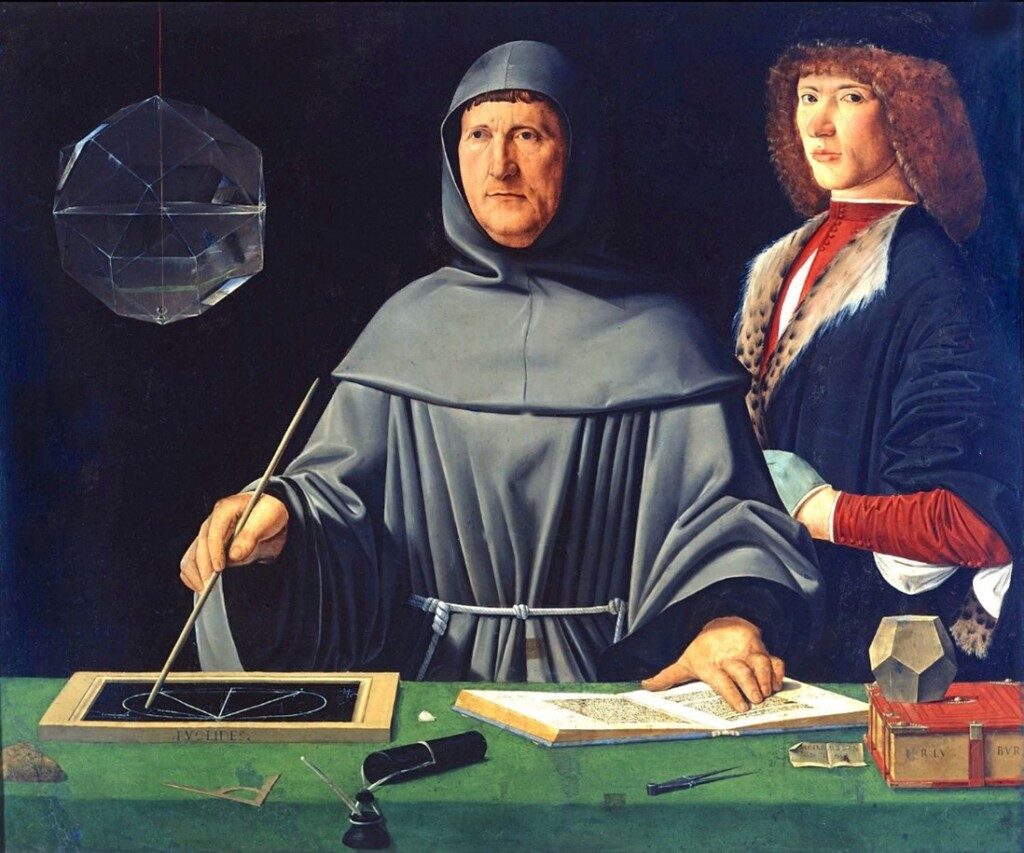

This was the stage upon which Kepler entered and took sides in the universal battle for the soul of civilization. Describing the slide into never ending wars that was beginning to take hold of his world, Kepler wrote in the preface to the second edition of his Mysterium Cosmographicum:
"Would that even now indeed there may still... be a place for Plato's oracular saying. For when Greece was on fire on all sides with a long Civil War and was troubled with all the evils which usually accompany civil war, he was consulted about a Delian riddle, and was seeking salutary advice to the peoples. At length he replied that according to Apollo's opinion, Greece would be peaceful if the Greeks turned to geometry and other philosophical studies as these studies would lead their spirits from ambition and other forms of greed, out of which wars and other evils arise, to the love of peace and to moderation in all things".[5]As a young mathematician teaching in Graz, whose father had died as a mercenary, Kepler devoted his entire life to the cause of peace and the goal of ushering in a new age of creative reason. His strategic focus became his devotion to prove that the Pythagorean thesis outlined by Plato in the Timaeus was true and use that proof to bring a new standard of Natural Law to humanity around which our chaos-ridden species could use in order to "tune" ourselves with the laws of Creation.
Kepler wrote:
"It is my intention to show in this little book that the most great and good creator, in the creation of this moving universe and the arrangement of the heavens, looked to those five regular solids, which have been so celebrated from the time of Pythagoras and Plato, down to our own, and that he fitted to the nature of those solids, the number of the heavens, their proportions and the law of their motion."While Kepler is known for having discovered his "three laws of planetary motion", it is all too rare for students in modern society to do what Dr. Moon did in 1984... which was read Kepler's own writings and replicate the act of discovery that Kepler subjectively experienced during his 25 year voyage from 1595-1620 as he discovered those "objective" laws shaping reality[6].
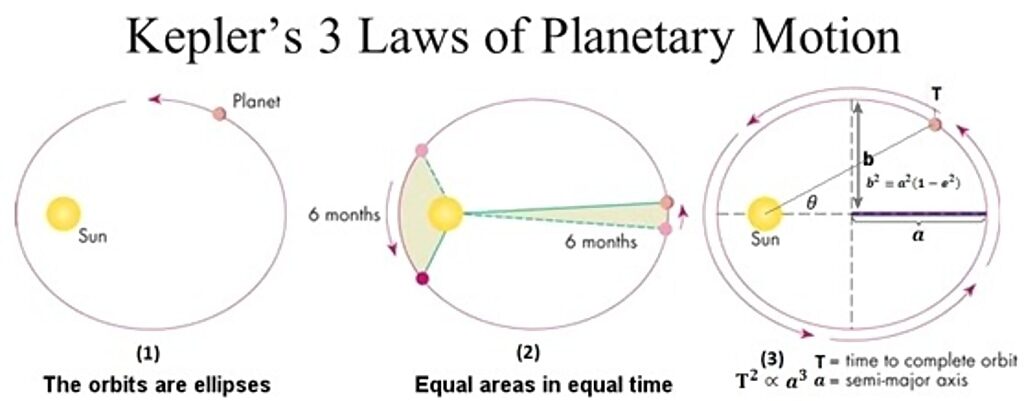
While these three models could equally describe the motions of the planets within a low degree of error, none of them truly cared about the causal principles of harmony, truth or causality which animated Kepler's heart. None of them asked the fundamental question so important for all true science: Why were the planetary orbits where they are instead of some other arrangement?
The Mysterium Cosmographicum Revives the Timaeus
While reviewing the Timaeus, Kepler stumbled upon his first strong hypothesis. By nesting the five platonic solids lawfully within each other with inscribed and circumscribing spherical shells, certain fundamental proportions were created resulting in a unifying system that very closely approximated the actual distances of the planets around the sun as measured by Copernicus decades earlier.
Kepler described his model thus:
"The Earth is the circle which is the measure of all. Construct a dodecahedron around it. The circle surrounding that will be Mars. Round Mars, construct a tetrahedron. The circle surrounding that will be Jupiter. Round Jupiter, construct a cube. The circle surrounding that will be Saturn. Now construct an icosahedron inside the Earth. The circle inscribed within that will be Venus. Inside Venus, inscribe an octahedron. The circle inscribed within that will be Mercury."

After Tycho's death in 1601, Kepler toiled relentless in order to solve the paradox of the retrograde motion of Mars that had perplexed astronomers for thousands of years [see image], but this time armed with Tycho's rigorous data sets.
Kepler refused to accept the explanation that the two-week retardation of Mars which occurred every 686 days was due to invisible mathematical points on planetary orbits then dubbed "epicycles".
Even the great Copernicus was forced to place several epicycles into his model in order to make the mathematical model conform to the strange behaviour of Mars. Kepler realized that these epicycles (and their corollaries called "equants") had to be created due to the hegemonic belief that all orbits were perfect circles. Thinking otherwise was nothing less than heresy since the following Aristotelian syllogism was law: A) God created the orbits, B) the most perfect shape is the circle, C) God is the most perfect being and thus D) God created the orbits as circles.
When Kepler published his first two planetary laws of motion in the New Astronomy in 1609, he lit a fire that has kept oligarchical parasites up at night for centuries.
Not only did he destroy the foundations upon which the standard models were premised with his elaboration in books 2-6 of his Vicarious Hypothesis creating the most perfect model of the solar system ever generated using the real instead of the mean sun position, but also demonstrated that with this most perfect model, a discrepancy of 8 minutes of arc of longitude could not be made to disappear. This ontological paradox liberated the explorer from the fetters of epicycles and perfect circles to explore new vistas which ushered in his three-fold discovery:
- Planetary orbits were ellipses with the sun occupying one foci
- That amidst the constantly accelerating/deacceleration motion of all planets around the sun, equal areas would be swept out in equal times
- That this entire process is governed by a substance/effluence shaped by a rotating sun analogous to magnetism and light.
Citing the works of the great English scientist Michael Gilbert (discoverer of the magnetic nature of the Earth), Kepler found himself as a founding father of not only a new astronomy but also the electric universe.
Describing the magnetic power, Kepler wrote:
"One might inquire of me, what sort of body I consider the sun to be, from which the motive species descends. I would... urge him to inspect more closely the example of the magnet brought up a little earlier, whose power resides in the entire body of the magnet when it grows in mass or when by being divided it is diminished."Kepler continues without ever making recourse to the existence of "forces" and although the later Newtonian formulation of the term "Gravity" and the inverse square law is derived from Kepler's laws (which some have postulated to have been stolen by the Royal Society handlers in London who controlled Newton), Kepler always maintained that magnetism was the form that this species of attraction and motion took, saying:
"Therefore, as the sun forever turns itself, the motive force or the outflowing of the species from the sun's magnetic fibres, diffused through all the distances of the planets, also rotates in an orb and does so in the same time as the sun, just as when a magnet is moved about, the magnetic power is also moved, and the iron along with it, following the magnetic force."But Kepler did not stop there. These discoveries were merely means to a higher end.
The Harmonies of the World
By establishing these fundamental objective laws within the subjective realm of his sovereign mind (emotions and all), and experiencing all the associated joys, love and insight which such discoveries carry with them, Kepler embarked upon the last leg of his journey which culminated in his Harmonia Mundi in 1619 published just as Germany was plunging headfirst into the devastating 30 years war. It was here that Kepler was able to reconstruct all of astronomy upon a new Pythagorean edifice by taking the minima and maxima of each known planet within their orbits (ie: the closest/fastest and furthest/slowest positions from the sun) a new array of musical proportions were found throughout the solar system.
By treating a circle as a singular string wrapped unto itself, and then interposing elemental shapes (after the first halving which created a diagonal/octave), sounds of triangles could be compared to the sounds of squares, pentagons, hexagons and octagons with all associated proportions being generated therein located between the boundary conditions of 1 and ½. In this regard Kepler generated ½ (octave), 2/3 (fifth), ¾ (fourth), 4/5 (major 3rd), 3/5 (major 6th), 5/8 (minor 6th), and 5/6 (Minor 3rd).
Additionally, by investigating the proportions of the fifth and fourth which pervade the string, Kepler was able to zero in on the elusive second and seventh as the final consonant intervals followed by the melodic intervals of 8/9, 15/16 and 24/25 which allowed the astronomer to generate several musical scales. In the end Kepler evaluated all of the possible scales and found the G Scale to have the greatest correlation with the planets in the solar system.
Where the distances and speeds at min/max of Saturn were then found to have a 4/5 relationship, while Jupiter, Mars, Earth and Venus generated resonances of 5/6, 2/3, 15/16 and 24/25.
While all the planets thus harmonized with each other, one singularity stood out. Mars and Jupiter simply failed to generate the expected resonance with a strange missing interval of 18/19 causing the two planets to unresolve as the others had. Although it took another 200 years, this large gap turned out to be the exact location where the asteroid belt was to be discovered which we now know contains millions of small and large rocks — some on the magnitude of small moons like Ceres.
Kepler could not contain his divine joy in the preface of his 5th book of the Harmonies where he said:
"Now eighteen months after the first light, three months after the true day, but a very few days after the pure Sun of that most wonderful study began to shine, nothing restrains me. It is my pleasure to yield to the inspired frenzy, it is my pleasure to taunt mortal men with the candid acknowledgement that I am stealing the golden vessels of the Egyptians to build a tabernacle to my God from them, far, far away from the boundaries of Egypt... Whether it is to be read by the people of the present or of the future makes no difference: Let it await its reader for a hundred years if God Himself has stood ready for six thousand years for one to study him."It was from this fire of passion that Kepler gave light to his 3rd law. This law demonstrated that a universal relationship existed between the periodic times of each planetary orbit squared to the cube of the mean distance of each planet to the Sun and remains a bedrock of modern astronomy to this very day.
Sadly, it took more than a hundred years for humanity to properly study Kepler, as his work remained consciously obscured for generations, read by only a few who grasped the importance of its wisdom.
One of those few was named Dr. Robert Moon.
A Return to Moon's Keplerian Revolution
Dr. Robert Moon immersed himself in Kepler's works and emerged with a new model of the atom which, like Kepler's original work, has been examined by very few to this day.
Despite the fact that he died before his young discovery could be properly ripened, this work serves as an invaluable foundation for any explorer searching to find a coherent explanation of the structure of the nucleus and the reasons for the configuration of the positively charged protons inside of atomic nuclei which are somehow capable of overcoming the Coulomb barrier without recourse to the kinetic pressure that the Strong Nuclear Force demands.
Being a physical chemist, Dr. Moon recognized that no model of the atom could make any sense out of the context of a system as a whole unity. Just as no planet could be explored individually, Dr. Moon looked at the entire periodic table of 92 naturally occurring elements as his unit. From this reference frame, Dr. Moon asked:
Are there any harmonic force-free pathways/orbits that define the motion of protons inside of atomic nuclei such that they co-exist in close proximity without being violently repelled from each other? Additionally, is there some configuration of the nested platonic solids that offers us a clue to this arrangement?Just like Plato and Kepler before him, Dr. Moon recognized the importance of duels in setting up his arrangement. Where the cube containing 6 faces and 8 vertices is a duel of the octahedron (which contains 8 faces and 6 vertices), the dodecahedron containing 12 faces and 20 vertices is the dual of the icosahedron which contains 20 faces and 12 vertices. The tetrahedron having 4 faces and 4 vertices being the anomaly which Kepler called "hermaphrodite" in the sense that it is its own dual.
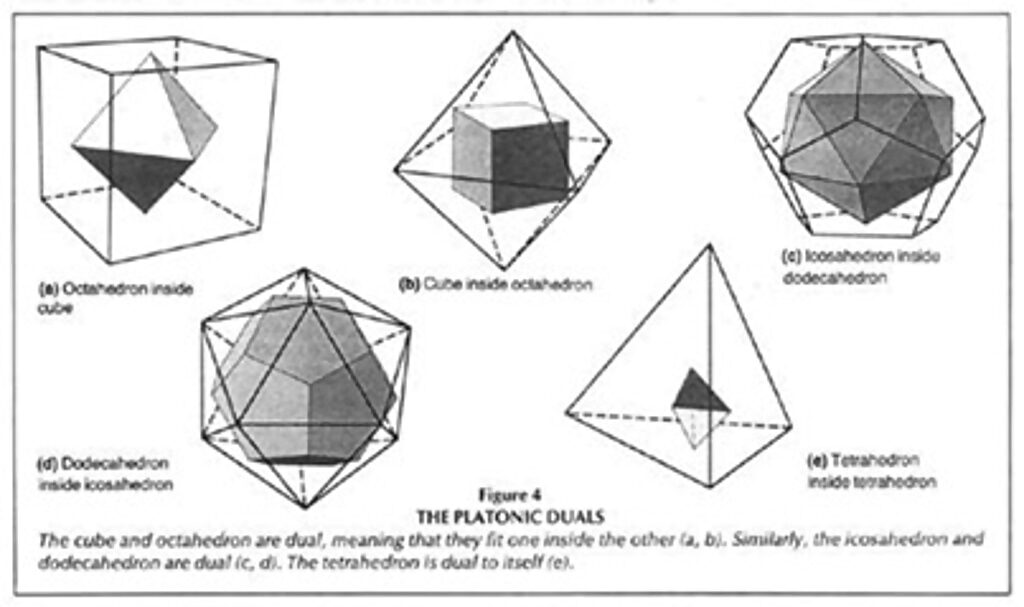
What did this look like and what anomalies were satisfied?
For starters Moon recognized that if each vertex is treated as an element on Mendeleyev's table starting with hydrogen at atomic number 1, then each completed solid generates the following elements: Cube (8) which represents oxygen, Octahedron (6) represents silicon (8+6=14), Icosahedron (12) represents Iron (8+6+12=26), and the Dodecahedron represents Palladium (8+6+12+20=46).
With this configuration, several interesting factors occurred, the singularities of Oxygen, Silicon, Iron represent the three most abundant elements found within the earth's crust.
Additionally, when reviewing other factors like the rates of atomic compression, reciprocal melting points, co-efficients of expansion and paramagnetic powers we find again the presence of a high array of of these elements: oxygen, silicon, iron and palladium at either maxima or minima positions.

Here Dr. Moon began growing a second set of nested solids which together accounted for all 92 elements of the periodic table (46 + 46=92 vertices). When 10 of the 20 vertices of the second dodecahedron are now added to the first set, then we arrive at atomic number 54 (lanthanum).
The second dodecahedron is built upon the first set of nested solids in the Moon model bringing us to the anomalous lanthanide series which will next be represented by a new inner cube and circumscribed octahedron.
If an additional cube and octahedron are nested therein before completing the dodecahedron, all 14 members of the anomalous lanthanide series are found to exist in total harmony with the other elements rather than falling outside of the periodic table as is the awkward fact with the popular table we are taught in school.
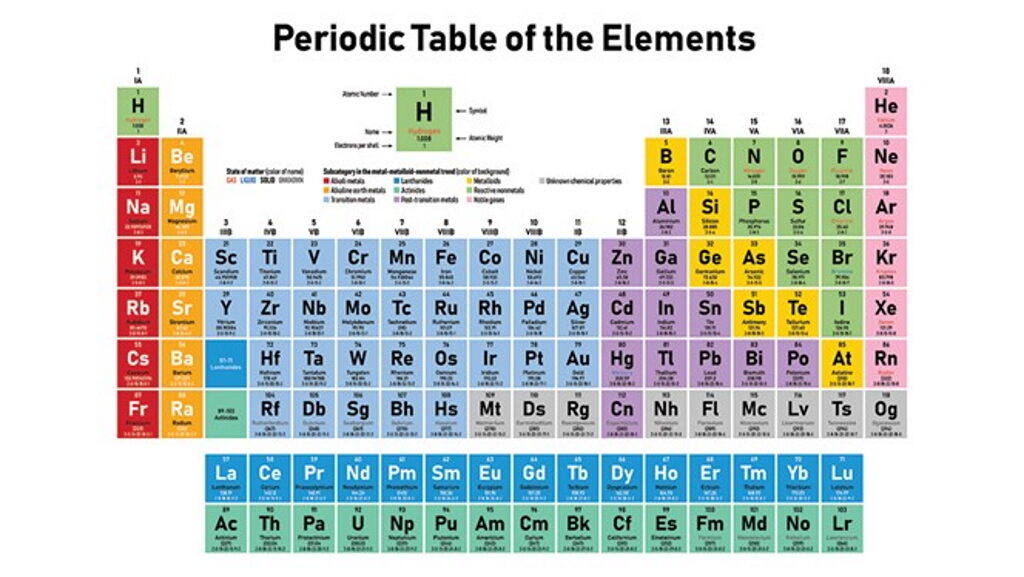

While other modern scientific movements working in parallel and sometimes overlapping with the work of Dr. Moon have revived other aspects of Kepler's Pythagorean approach to the micro and macrocosm, the full consummation of this revolution in science awaits future scientists to carry the discoveries to their full maturity.
What incredible breakthroughs await our future happier age when humanity will finally be liberated from the soulless tentacles of standard models that have no bearing on the true harmonic, loving nature of our creative universe? How will future generations ripen to creative fruitfulness at every younger ages as the suppressed methods of Pythagorean constructive thinking become liberated from the cage of dead mathematical formulae? What accomplishments both on the earth and across the universe will our creative species be expected to make as we finally leave the womb of the biosphere and learn to self-sustain ourselves across the cosmos, re-creating the conditions of biospheres through the harnessing of new energies and untapped power of the atom?
Of course it is impossible to know anything of this magnitude with absolute certainty, although what is knowable is the fact that the oligarchical system which has worked for too many epochs to keep our species subdued in ignorance, division and war is certainly out of tune with the higher moral laws which the greatest minds from Plato, Kepler to Dr. Moon understood to be at the heart of creation.
I would like to end with a short exortation from Plato who pondered the purpose of a healthy mind in the following manner:
"God invented and gave us sight to the end that we might behold the courses of intelligence in the heaven, and apply them to the course of our own intelligence which are akin to them, the unperturbed to the perturbed, and that we, learning them and partaking of the natural truth of reason, might imitate the absolutely unerring courses of God and regulate our own vagaries."In the next installment, we will explore the minds of two additional sets of breakthroughs in the Pythagorean tradition by plunging into the discoveries of the late Dr. Robert Bussard, and a team of electric universe engineers and physicists managing the Safire Project.
Footnotes
[1] It should be here noted, that rather than treating his constant as a "length" which many have been trained to do in our age, Planck always followed a Keplerian mode of thinking and implored scientists to rather conceptualize his constant as a form of "harmonic oscillation".
[2] The subtle frequencies permeating the Schumann Resonance are 7.83 Hz, 14 Hz, 21 Hz, 26 Hz, 33 Hz, and 39 Hz
[3] Recent studies by K.G. Karlsson and G.R. Burbidge found that an analysis of all available quasars resulted in discrete redshift frequencies of z = 0.061, 0.30, 0.60, 0.96, 1.41, and 1.9
[4] Robert Moon on "How He Conceived his Nuclear Model," published in 21st Century Science, Fall 2004
[5] The famous Delian Riddle was first recounted by Eratosthenes (a leading student in Plato's Academy who discovered the circumference of the earth). He describes the challenge delivered to the people at Delos to double the volume of a cubic temple. The doubling of the Cube was a challenge that absorbed generations of thinkers when Plato wrote those words but had no answer until Plato's collaborator Archytus finally figured out the solution by making recourse to the combined action of a sphere, cone and cylinder.
[6] One can only wonder if certain vested interests are afraid that divine powers of creative reason might be kindled were students to re-experience within their own minds the divine cognitive voyage which such figures as Kepler journeyed as they approached the mind of the creator of the universe. How much more preferable for an oligarchical system of organization to keep their students locked within a mental cage of memorizing formulas and seeking "right answers" without ever having the question awoke of "how were these formulae discovered?" or "what questions would lead me towards right answers"?
[7] The Atomic Science that Textbooks Don't Teach by Larry Hecht and Jonathan Tennenbaum
Part 2:
Some Additional Words on Today's Pythagorean Revival- From Bussard's Polywell to the Safire Project
In my last report, I introduced two opposing schools of scientific thinking that have been at odds with one another since the days of Plato's Academy at Athens.
One system sits dominant upon the throne of today's western science wearing the garb of "standard model quantum theory" and "standard model cosmology" and hinges its existence upon a fundamentally statistical, descriptive and a-causal approaches to creation. This system presumes an absolute wall dividing the inner subjective universe of human minds from the external "objective" laws of the broader universe.
The other, lesser known tradition, is premised upon a principled, process-orientated view of science which does not assume that subjective minds of creative scientists (or artists) are in any way separate from the outer "objective" reality.
Where one is noun-based, the other can be said to be verb-based.
This second healthier tradition of scientific thinking was exemplified by the Pythagorean movement that saw its fullest and most honest exposition in ancient times within the pages of Plato's Timaeus. This movement was built around three interconnected principles, namely:
1) The harmony of the universe which was made in accordance with the same principles organizing a healthy human mind,We traced the foundations of this fruitful method across the ages as it gave rise to the greatest densities of creative breakthroughs ever seen in human history among leading figures of the golden renaissance, and we extensively explored the mind, life and discoveries of the renaissance Pythagorean Johannes Kepler (1571-1630) whose penetrating commitment to truth ushered in a total reform of astrophysics and even established the foundations of a proper science of quantum physics. This was entirely done with the purpose of aiding the reader to understand the full implications of the late discoveries of atomic scientist Robert Moon (1911-1989) whose innovative model of the nucleus broke from all standard theory shackles and re-infused quantum theory onto epistemologically solid foundations.
2) The relationships of boundedness and the golden section which underlay the nesting of the five Platonic Solids and harmonic divisions of musical proportions and
3) The belief in the self-perfectibility of creation.
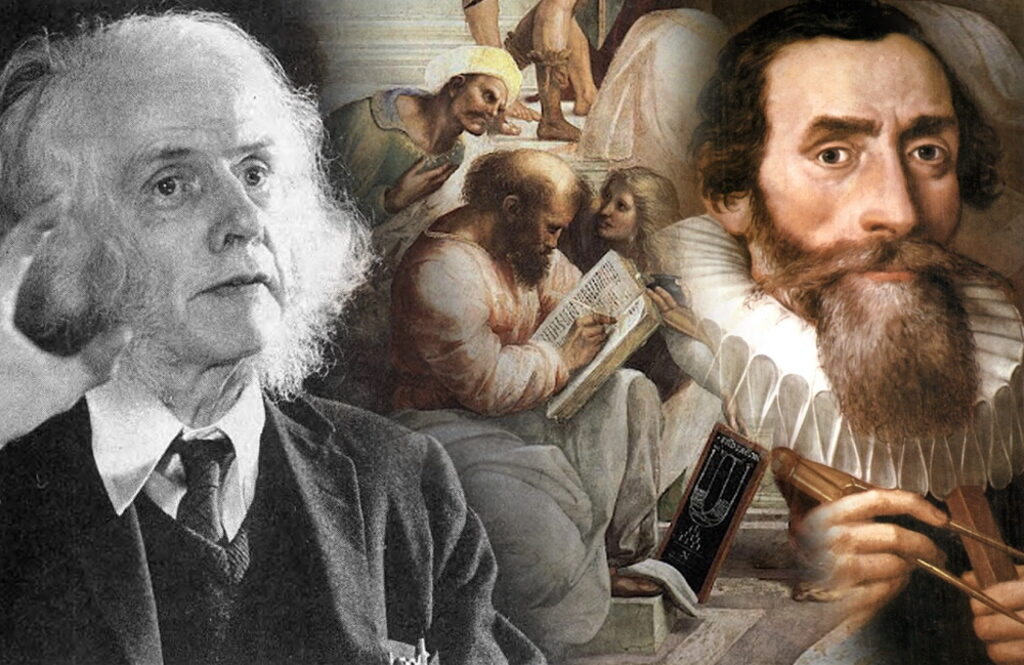
Dr. Robert Bussard (1929-2007) was known as the father of thermonuclear rocketry, having worked on the original Rover nuclear rockets for NASA in 1955-1960 and having innovated the Bussard Ramjet in 1960 as an interstellar space drive powered by fusing hydrogen via a magnetic field collected from the ocean of interstellar gases providing the jet abundant ion thrust to last thousands of years.
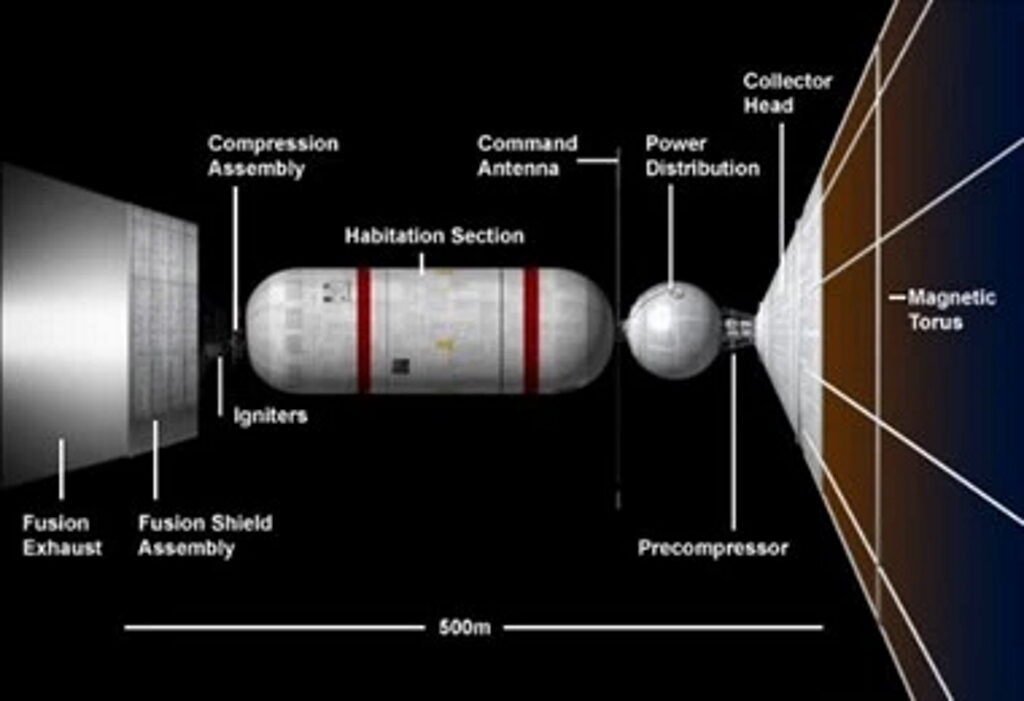
During the same year that Dr. Moon was formulating his atomic model, Bussard made his own Keplerian leap into atomic geometries with an innovative design called the Polywell[1].
The Polywell was an inertial electrostatic confinement fusor utilizing a magnetically shielded grid. Bussard discovered that the optimal design for inducing magnetic resonances that led self-organizing plasmas capable of fusing helium-3, deuterium, tritium or Boron nuclei took the form of a polyhedron known as the cube-octahedron (an Archimedean solid explored deeply by Kepler).
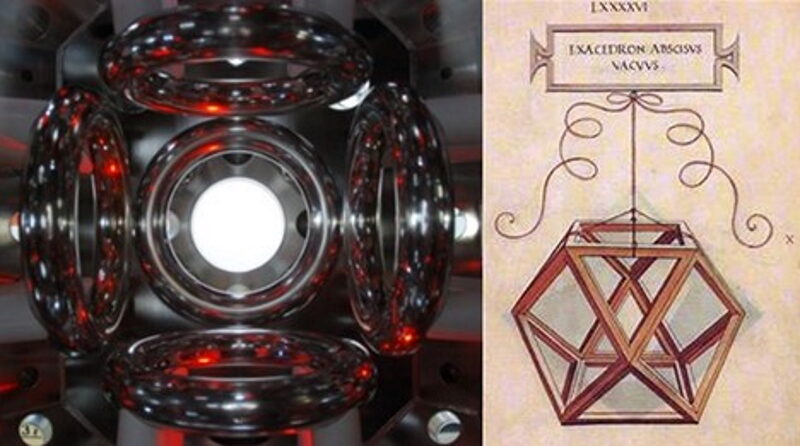
The Electric Universe Revolution
One of the most exciting renewals of the Keplerian method has taken the form of an enterprise called the Safire Project run by lead scientists Montgomery Childs, Astrophysicist Dr. Michael Clarage, Cosmologist Wal Thornhill and a team of physicists who have all rejected the Newtonian/Copenhagen Standard model cosmology in favor of a more natural model that assumes only the existence of electromagnetism as a fundamental force in the universe[2].
In a recent lecture delivered to the Rising Tide Foundation, Dr. Clarage laid out the Electric Universe cosmology in succinct terms
The Safire team has pulled together a laboratory affiliated with the several universities and private sector labs with the aim of not only modelling the laws of the solar system utilizing a plasma conception of the Sun but has revived the work of Kristian Birkeland (1867-1917) who realized in 1902 that currents generated by plasmas in vacuums can account for a myriad of phenomena from the sun's activity, aurora borealis and much more. Today, Birkland currents can be found stringing galaxies together, stars within the interstellar medium and even planets within our own solar system[3].
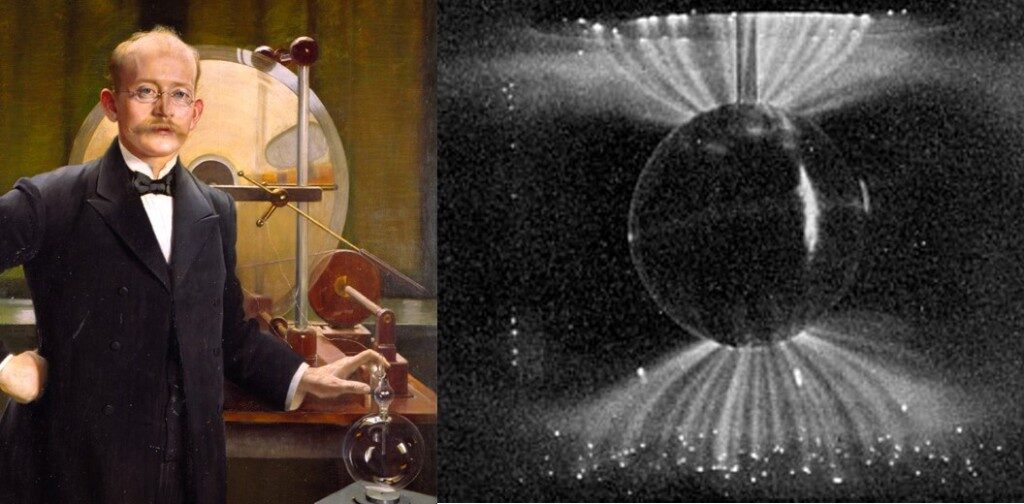
During one of the early prototypes of the solar anode within a bell jar (which later was discovered to have successfully transmuted elements challenging many fundamental axioms of standard model physics), Montgomery Childs noted:
"When we first fired up the bell jar and began measuring the electromagnetic and radio frequencies of the plasma - there was a rhythm, like a heartbeat; stable and continuous. Resonance is a principle in science, a principle that is both universal and scale-able. I wonder if resonance is playing a role in SAFIRE? "And with our reading of an atomic mass of 3, I also wonder if what we are observing is some kind of harmonic resonance mediating a nuclear reaction - to cause fusion. If this is the case, it's almost as if the universe is singing."Just like our own sun's spots, the plasmas generated in the anode within the Safire lab produced a corona of heated plasma magnitudes hotter than the core [see image below].
Since 2016, Dr. Michael Clarage has taken these ideas of harmonics out of the lab and applied them to a novel set of copper wire models of the solar system utilizing various electric currents passing through arrays of orbits proportional to those featured in our own solar system. Dr. Clarage was curious to see whether the magnetic fields generated by individual currents running through the solar system model would induce self-organizing harmonic resonances or not.
Treating the sun in both our own solar system as well as other planetary systems like Trappist-1 and Kepler-26, Dr. Clarage staged his experiment treating the sun as a primary coil sending out voltage and current fluctuations which in turn induce voltage around each planet. Each planet is in turn treated like an electrical transformer which sends modified currents back into the sun.
Publishing his results in a series of essays stretching between 2016-2019, it is clear that the results point to a definitive yes, although more work admittedly needs be done to complete the exploration and arrive at a new proof of the music of the spheres within an electro magnetic set up[4].
Just as Kepler had opened up new vistas by founding Astro-climatology within his fourth book of the Harmonia Mundi, gestalt psychology with his rigorous studies of the relationship of the sensorium as intermediary between our minds and the objective universe beyond, and also atomic physics with his famous 1609 treatise on the Six-Sided Snowflake, today's heirs of Kepler's fight have tended to not fit into any specialized cog within a machine.
These scientists have discovered that this way of looking at the universe (and one's own mind exploring said universe), enhances one's power to leap over the hedges separating apparently different fields of study from morphology, geology, weather systems, to the evolution of species, solar systems and even galaxies. In all cases, the man or woman who adopts this potent method of analysis has no need to assume the existence of black holes, God particles, quarks, dark matter, dark energy or alternative dimensions.
Such an explorer need not even assume that gravity is a "force" as it was described by either Newton or Einstein has any existence, but rather that all forces are merely different aspects of the same electromagnetic principle of coherence/harmony that pervades all existence from the largest galactic magnitudes to the smallest sub atomic levels. From the healthy motion of creative human minds to the flow of creative evolution of living matter over long epochs, to the formation and evolution of planets and new atoms of the periodic table, the same fundamental processes can be seen to exert a loving influence if one only has eyes to see.
It is a fact that no blind assumptions such as those demanded by 'Standard Model' priesthoods is permitted by a true Platonist, since thoughts are understood to be akin to sacred metaphysical temples and built only atop foundations that are proven to be true through creative acts of reason- always self-reflective, and never skipping steps to leap into assumptions. For, even correct assumptions, if they are not proven to be true create structural defects in our temple which might be tolerable for a short time, but will always lead to collapse.
It is only through this process that the infinitesimal being that each person represents, taps into not only the infinite boundless and eternal realm of truth but also touches in a small way the mind of the creator as well.
When asked to describe this axiom-free method of thinking that generated "intelligible realities" whereupon true knowledge (vs mere opinion) must be founded, Plato said:
"I mean that which reason itself lays hold of by the power of dialectic, treating its assumptions not as absolute principles but literally as hypotheses, underpinnings, footings, and springboards, so to speak, to enable itself to rise to the principle of all, which admits of no hypothesis. After attaining that level, reason descends by taking hold of all the consequences that depend on this principle, until the very last conclusion, without ever making use of any object of sense perception but only going from Idea to Idea, to end with an Idea."Footnotes:
[1] For more information on the Polywell project see here.
[2 For more information on the Safire Project see here
[3] Birkeland was also the first scientist who posited that rather than being empty, the substance that "filled" the entire universe was a vast ocean of plasma, saying in 1913:
"It seems to be a natural consequence of our points of view to assume that the whole of space is filled with electrons and flying electric ions of all kinds. We have assumed that each stellar system in evolutions throws off electric corpuscles into space. It does not seem unreasonable therefore to think that the greater part of the material masses in the universe is found, not in the solar systems or nebulae, but in 'empty' space."[4] The 1st four phases of Dr. Clarage's ongoing experiment can be viewed by following these links:
- https://mclarage.blogspot.com/2019/06/other-solar-systems-as-electrical_8.html
- https://mclarage.blogspot.com/2018/07/the-solar-system-as-electrical.html
- https://mclarage.blogspot.com/2017/08/solar-system-as-electrical-transformer.html
- https://mclarage.blogspot.com/2016/08/the-solar-system-as-electrical.html
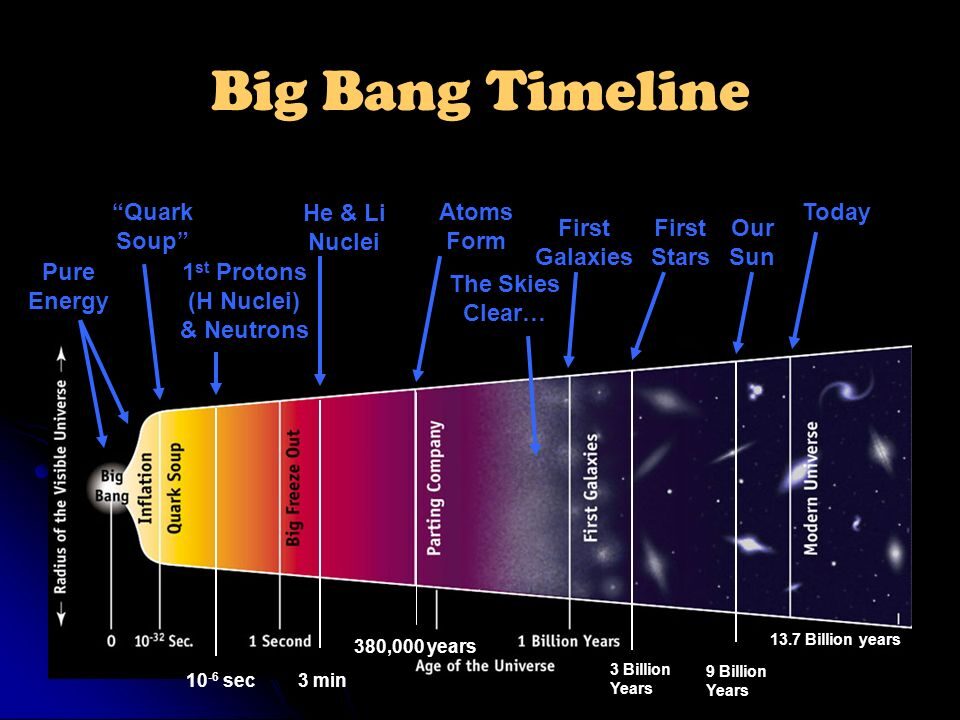
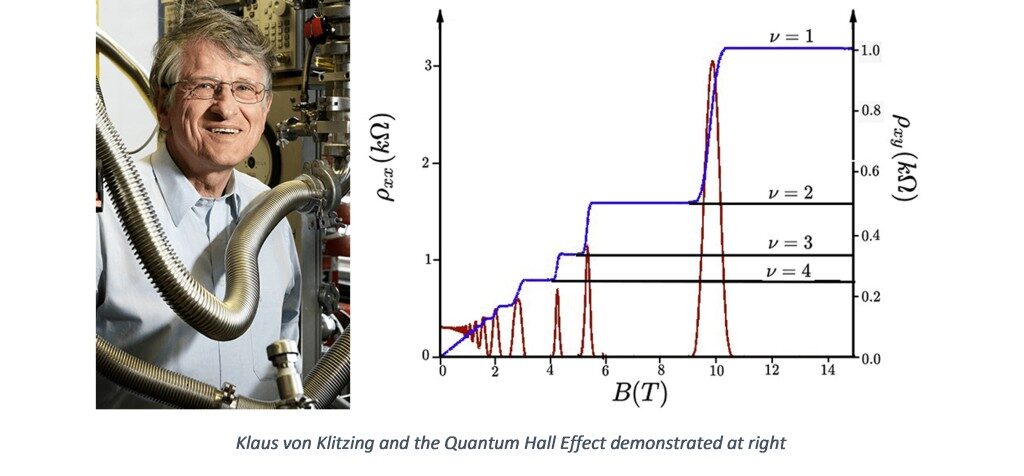
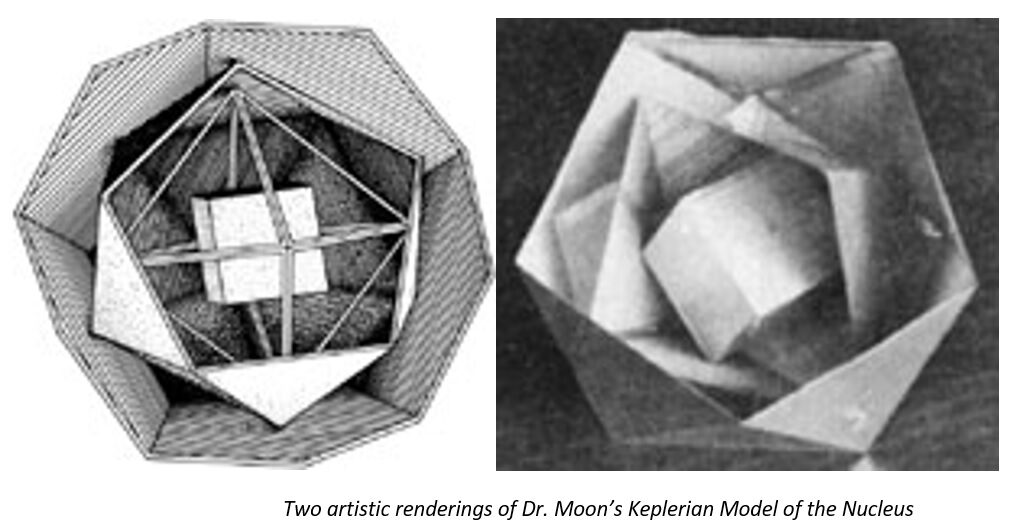
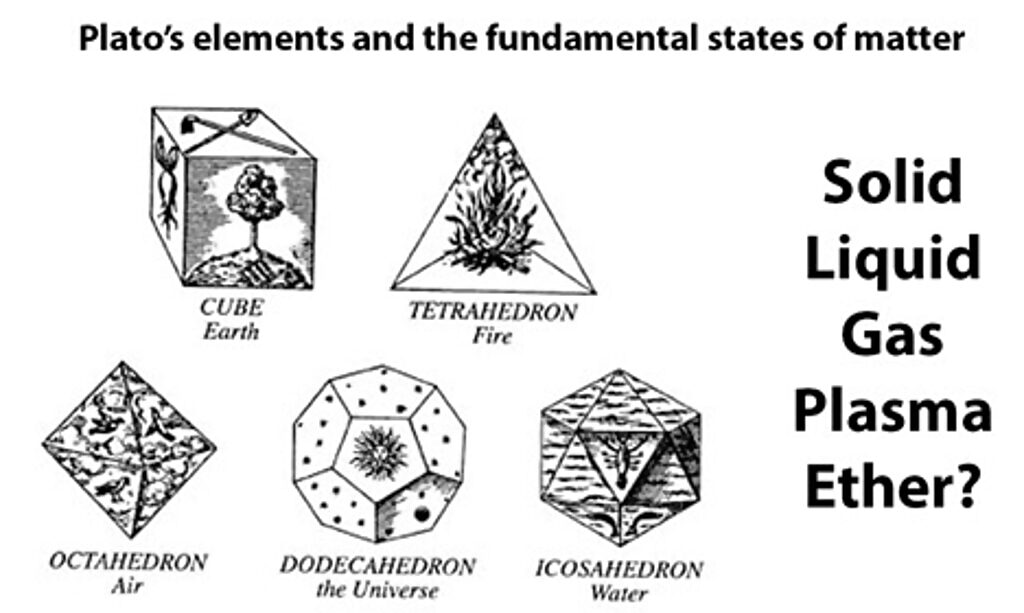

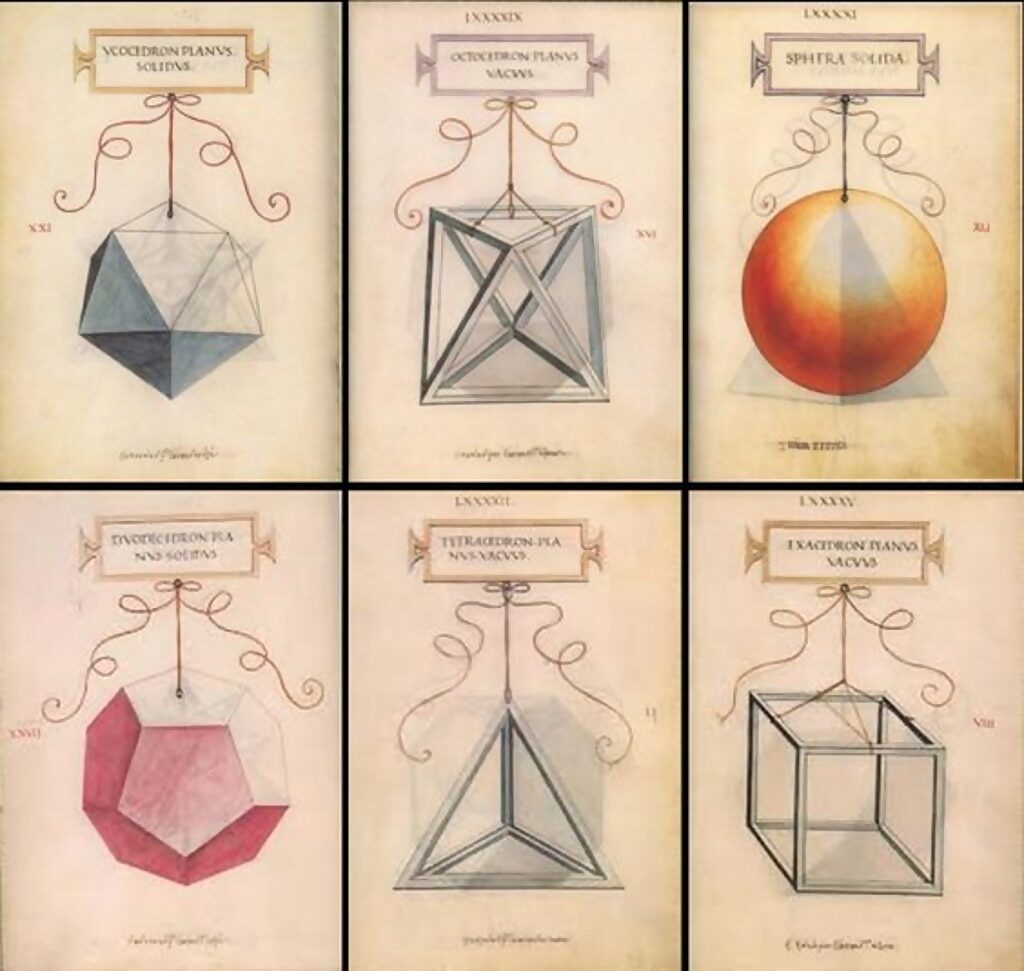

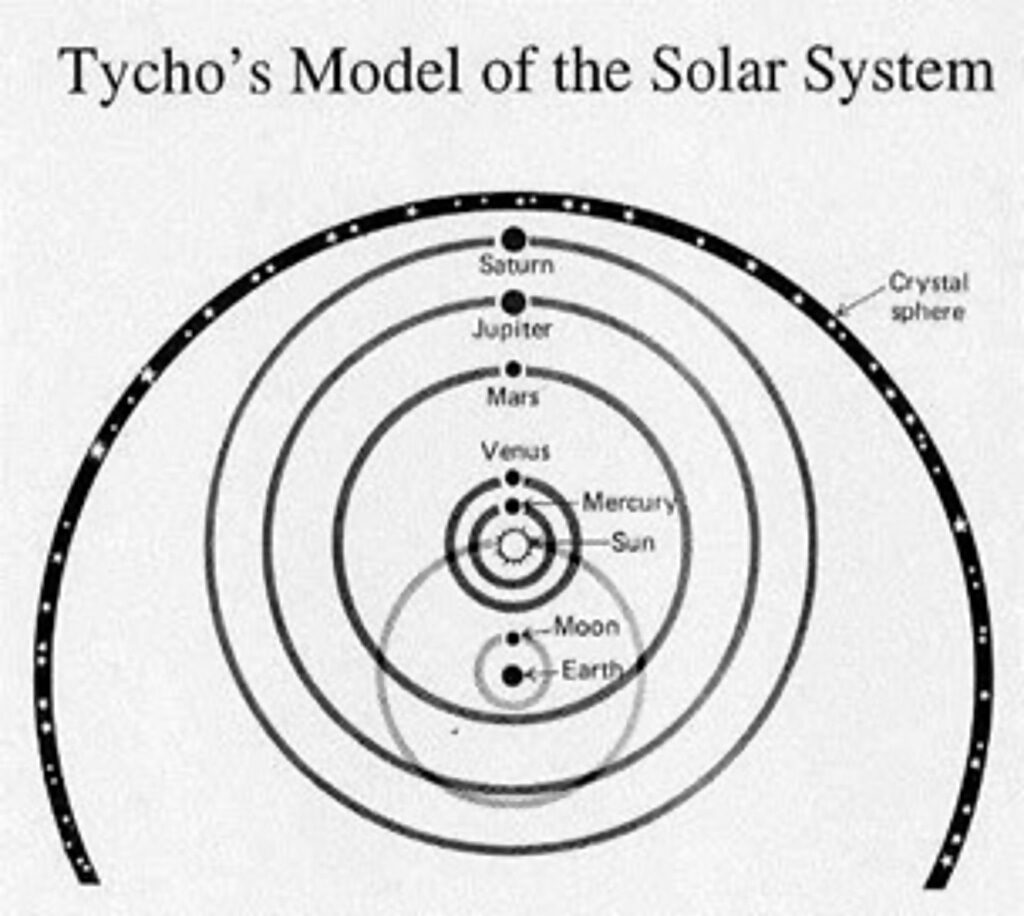
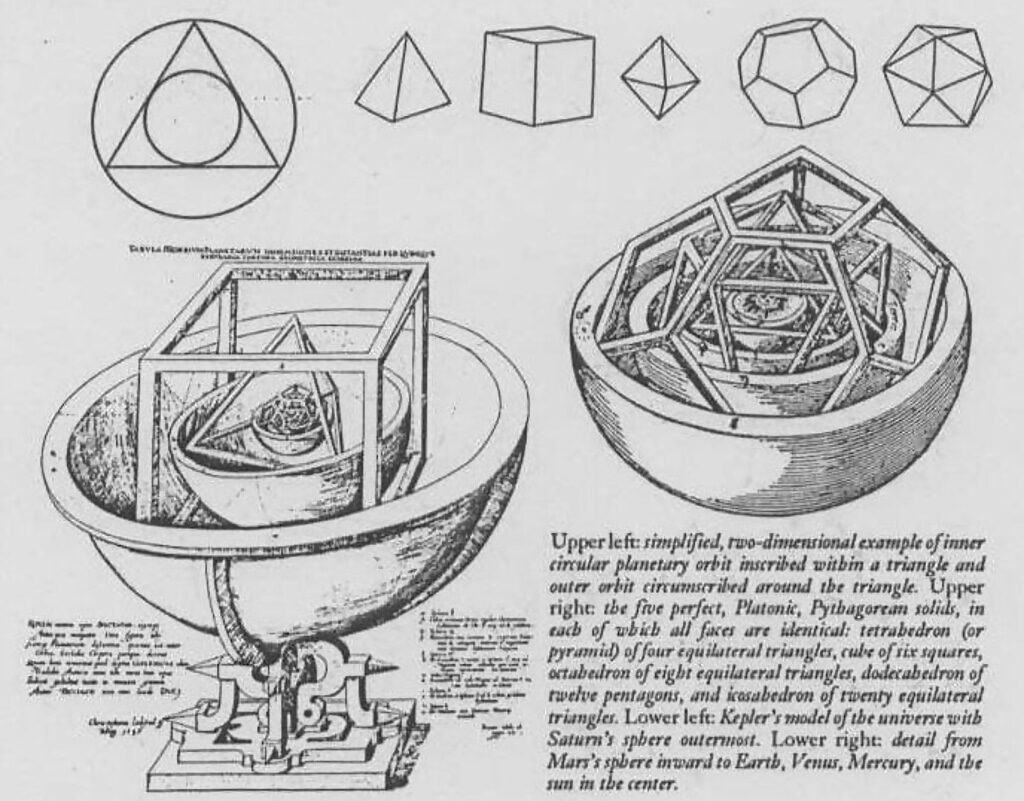
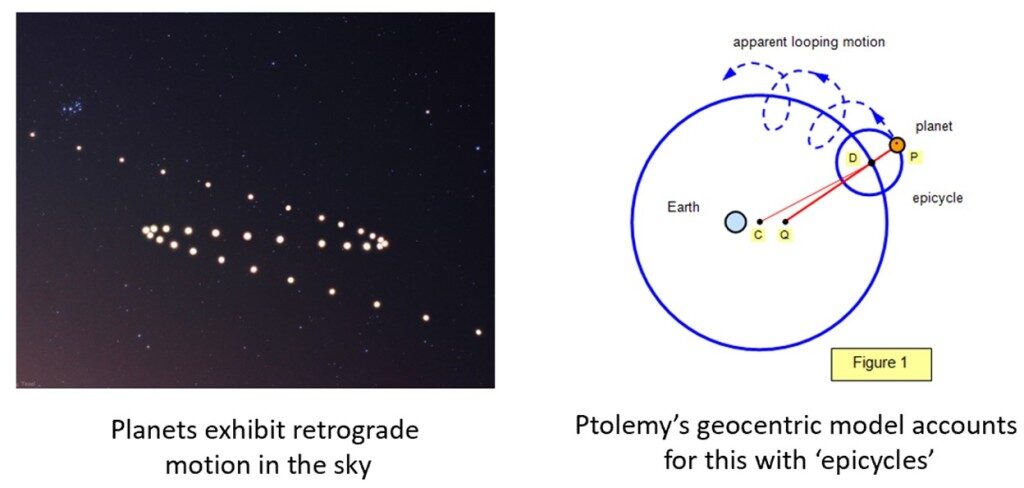
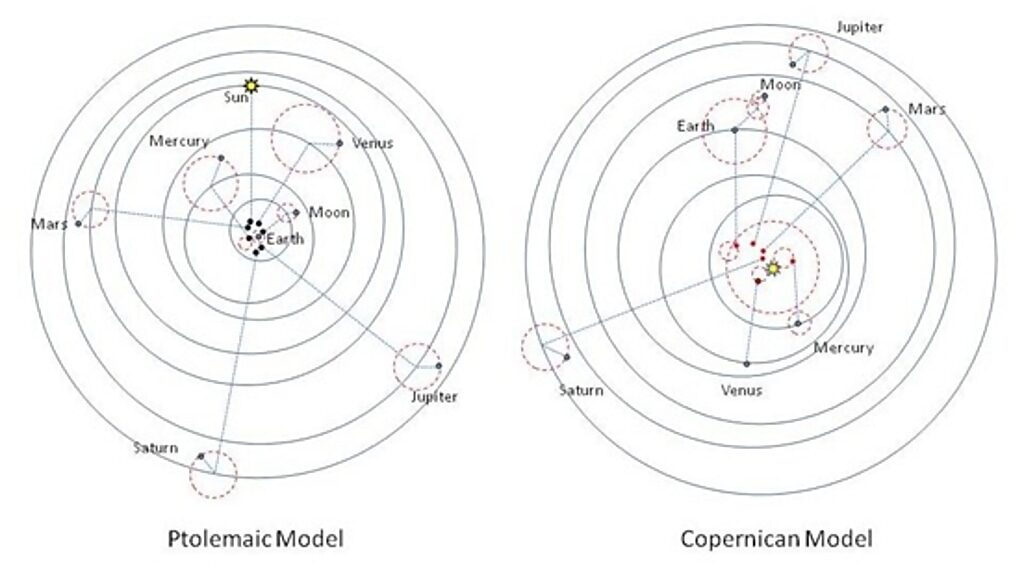
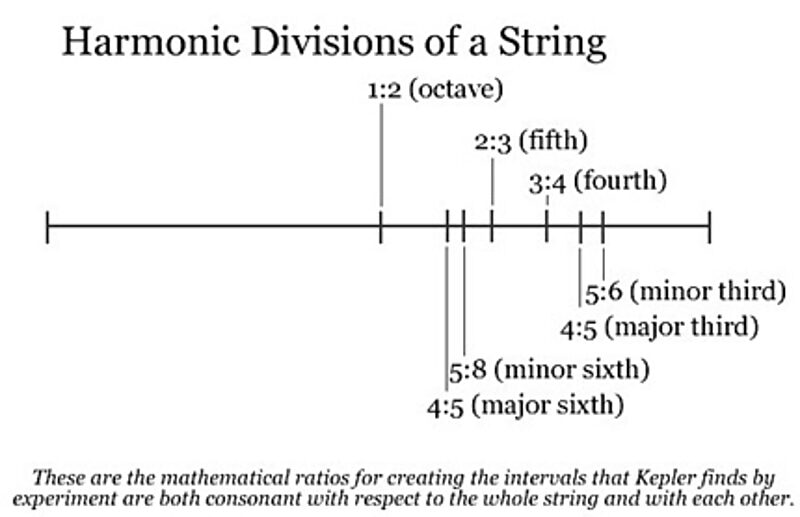
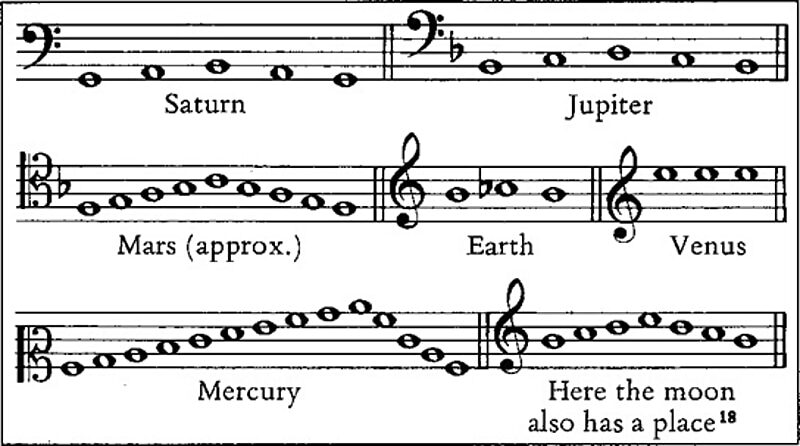
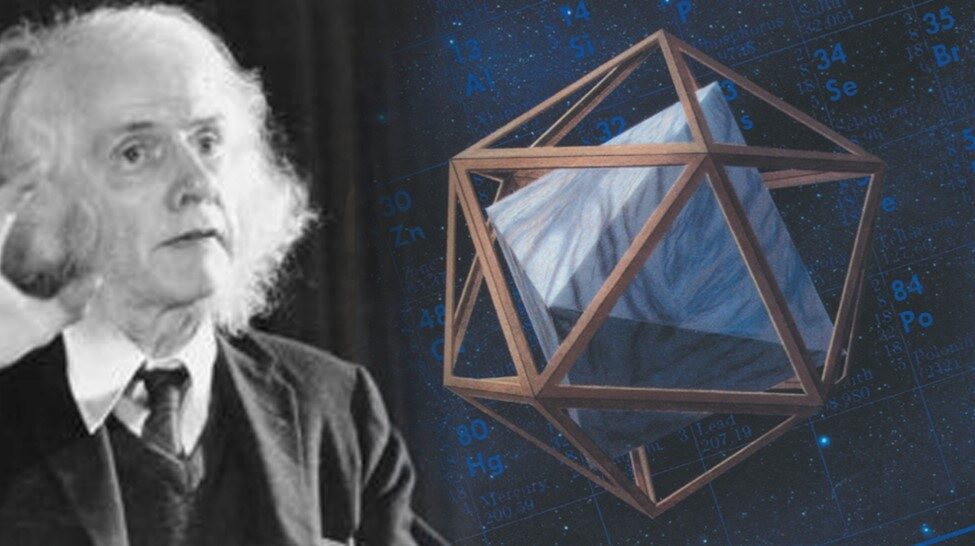
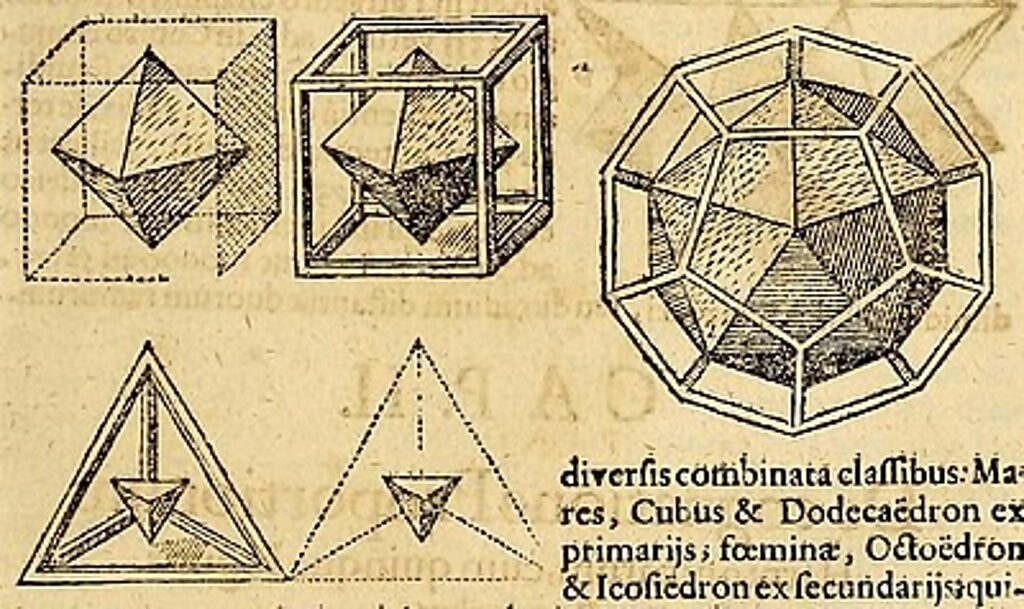
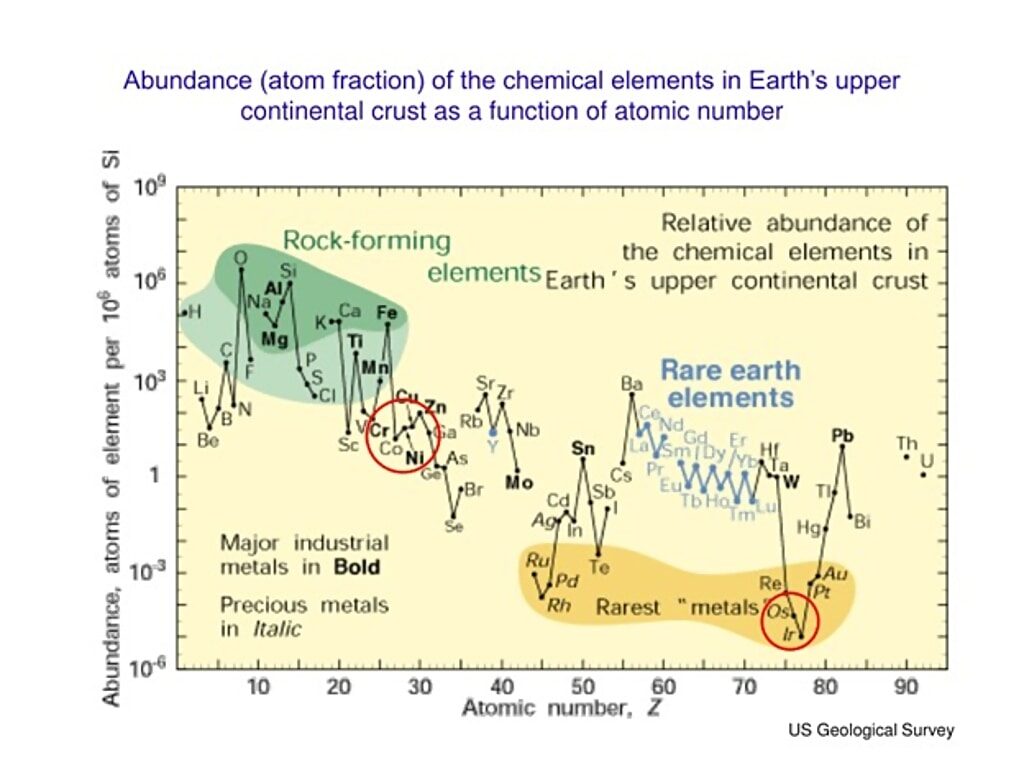


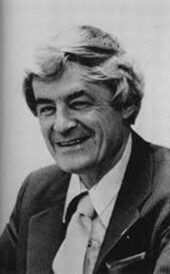
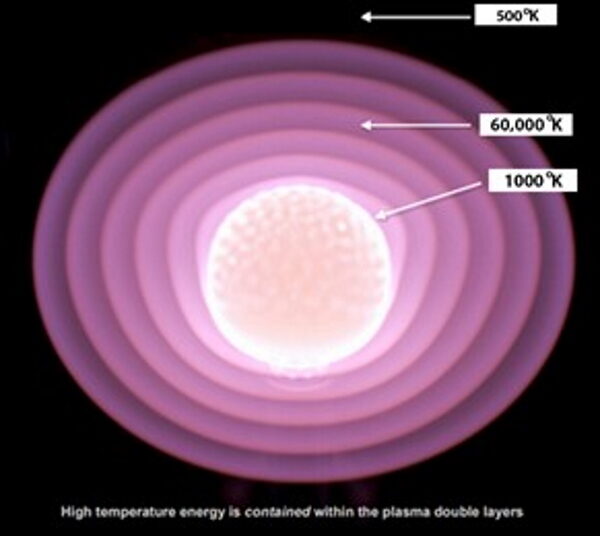



It is a theory, and so it will remain. There should be a stop to the use this unprovable theory as a means to get funding for "research" and paid-for speculation. Use that money to feed and educate the poor.